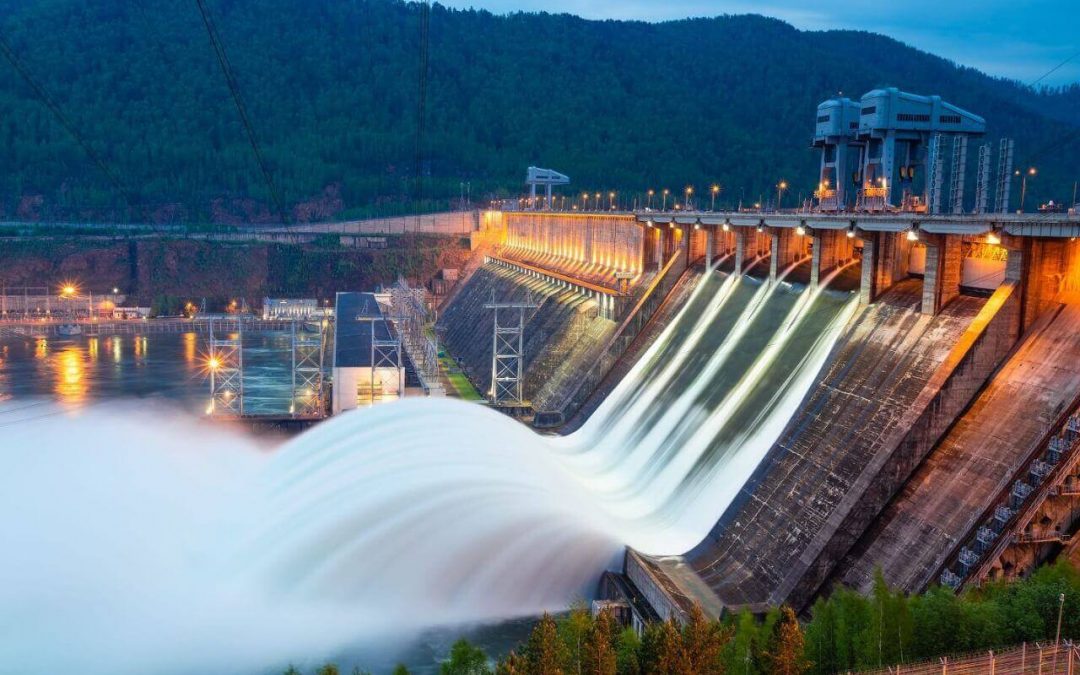Overview


Detailed Processes:
- Site Assessment:
○ Hydrological Studies: Analyzing water flow, rainfall, and river data to assess the potential for hydropower generation.
○ Environmental Impact Assessment: Evaluating the impact of hydropower projects on local ecosystems and communities.
- Design and Engineering:
○ Dam and Reservoir Design: Designing dams and reservoirs to store and manage water flow.
○ Turbine and Generator Selection: Selecting turbines and generators based on the specific characteristics of the water flow.
- Construction:
○ Civil Works: Building the necessary infrastructure, including dams, tunnels, and powerhouses.
○ Equipment Installation: Installing turbines, generators, and other mechanical and electrical equipment.
- Operation and Maintenance:
○ Flow Management: Managing water flow to optimize electricity generation and meet downstream requirements.
○ Routine Maintenance: Conducting regular inspections and maintenance of equipment and infrastructure.
- Grid Integration:
○ Electrical Connection: Connecting hydroelectric power plants to the electrical grid.
○ Energy Storage and Management: Implementing systems to manage and store energy generated by hydropower.
F. A. Q
Common Questions
Turpis nostra ipsum nisl consectetur quam ut elit suscipit elementum cubilia.

